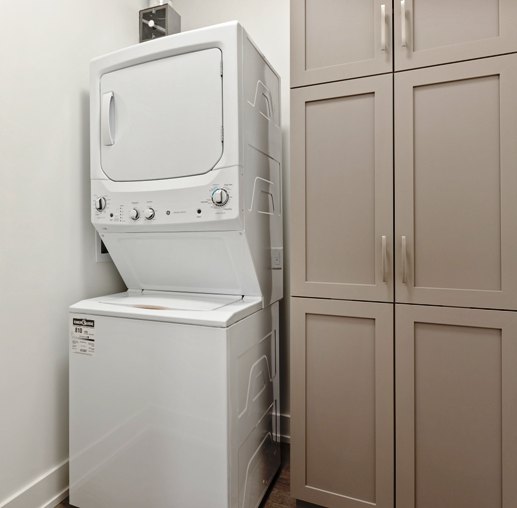First-time home buyers, and even folks who’ve only lived in apartments or condos, frequently see something while touring a home that is unfamiliar. Often they’re curious and ask; sometimes they are shy to admit that there are things they don’t know about. This series of posts will address Things in houses, townhouses and even condos that may be a complete mystery to some.
 A visit to virtually every basement in this area will reveal a hole in the floor in one of the corners, usually with a black cover and a pipe or two rising out of it leading to parts unknown. This gritty and industrial-looking arrangement has a very important function in the house—it’s the sump pump, and it serves to protect the basement from flooding.
A visit to virtually every basement in this area will reveal a hole in the floor in one of the corners, usually with a black cover and a pipe or two rising out of it leading to parts unknown. This gritty and industrial-looking arrangement has a very important function in the house—it’s the sump pump, and it serves to protect the basement from flooding.
To understand a sump pump’s function, let’s start at the beginning. A basement is underground. Water, whether from rain, melting snow or the natural water table, is also underground, and not always below the basement. Although basement walls are constructed to keep water out, it’s always a good idea to have a plan in place in case the water has ideas of its own.
Most modern basements are constructed with a series of underground perforated pipes around the entire home. These pipes all come together in one spot under the slab floor, in a deep round hole called a sump. The idea is that water, rather than seeping through the basement walls, will flow into the pipes and make its way to one spot in the sump.
A little rain water collecting in the sump is not a problem, but a major storm or melting snow can fill the sump quickly and flow into the basement itself. That’s where the sump pump comes in. A floating switch on the pump detects rising water and turns the pump on, which sucks the water out of the sump, through a vertical pipe rising out of it and discharges it away from the house.
Since the sump pump is powered by electricity, it’s very important that it always be plugged in and functioning when needed. Unfortunately, a major storm may cause a power outage as well as bring huge amounts of rain, and that’s how basements flood—they may have sump pumps, but they’re useless without power. If you’re concerned about that, a battery backup for the pump or a generator is the answer.
The entire system of pipes, sump and pump is called a French drain. There’s nothing French about it—it’s named after the man who invented it, Henry French. Basements in homes constructed before the 1980s generally don’t have underground pipes to collect water. They may still have a sump, but the water collection system is different.
There is a common misconception that the narrow trench or space between some basement floors and walls is a drain that leads to the sump. That gap is actually an expansion joint meant to prevent the concrete floor from expanding and damaging the walls. A bit of water may come up from under the slab and collect in that joint, but usually it’s bone dry.
A visitor to a home for sale will sometimes see that there is no pump in the sump and get alarmed—“It’s missing! Why?” I usually explain it this way: You have a front door to your house, right? That’s the sump. You have a lock on the door, right? That would be the sump pump. If there is no pump, that means no water ever gets in the sump—which is a good thing. It would be like not having a lock on your door because you feel absolutely safe.
The cover on a sump is designed to do several things. It keeps Stuff from falling into the sump. It adds protection in case of severe flooding. And it seals the sump if it’s being used for the radon mitigation system. (Um, radon? That’s a different topic for another post.) There is nothing to maintain with a sump pump; just make sure it’s working after a heavy rain. And if you don’t hear it and no water gets into your basement, that’s a good sign—your basement is above the water table and you’re safe.
A home inspector will explain the sump, French drain and sump pump to you during the home inspection once you’re under contract. But knowing what those are and how they work brings you one step closer to becoming a true homeowner.
Are you all pumped up now to read about other Strange Things in a home? More posts will follow soon.


